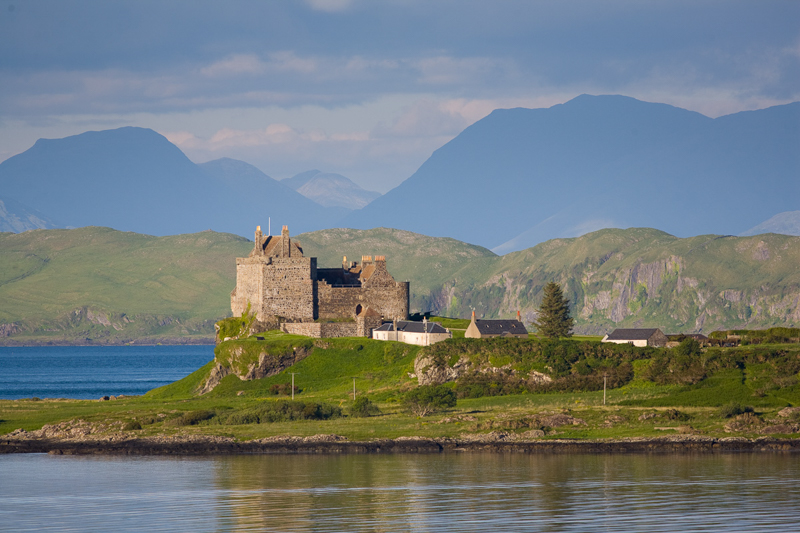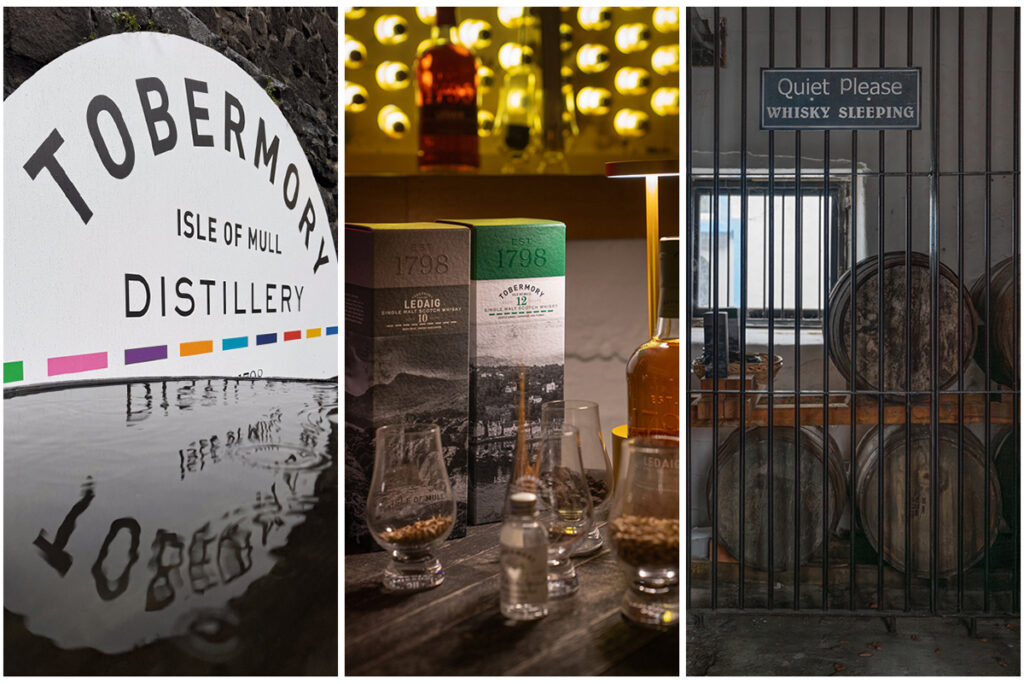3 Scottish Cultural Experiences on the Isle of Mull
Immersive cultural experiences can transform a good holiday to a great one. Scotland is well known for its warm Highland welcome and on the Hebridean Isle of Mull, it’s no different. So if you’re keen to immerse yourself in the local culture, enjoy an authentic taste of all-things Scottish, read on for three fantastic cultural experiences on the Isle of Mull.

1 Clans and castles
There are believed to have once been as many as 2,000 castles in Scotland. Defensive buildings and the historic family seats of clans, castles have a huge place in Scottish culture and history.
For visitors to Mull, there’s the chance to see several, from the ruins of Moy Castle at Lochbuie and Aros Castle on the east coast, to the well-preserved Duart Castle, which is open for tours, to the privately owned Glengorm Castle on the island’s north coast.

Duart Castle in Mull’s south east lies within easy reach of the main ferry port in Craignure. The seat of Clan Maclean, the castle doesn’t simply offer an interesting take on history as you walk between its historic walls, peek into dungeon cells, glimpse the centuries-old bedchambers, climb to the upper turrets and marvel at the grand banqueting hall.
Duart Castle also offers a look at the clan system in Scotland, which for many years governed life in the Highlands. To this day, Duart Castle remains the home of members of the Maclean family, while forming the ancestral home for many more.
Duart Castle is open during the main season for tours and is well worth a visit during your stay. There’s a great tea room for lunch afterwards, followed by a walk in the Millenium woods, too.
If you’d like to find out more about Mull’s history, read our guide to island history here.

2 Tartans and tweeds
Down in the island’s south west corner, tucked into the hillside above the sweeping sands of Ardalanish beach, lies Ardalanish Weavers. Here you’ll find fabrics that are quintessentially Scottish, as it’s here that talented craftsmen and women weave beautiful tweeds, tartans and woollen garments from the wool of native Hebridean and Shetland sheep.

The creative team dye the wool using natural colourings from the flora around them. When visiting the weavers, you’ll often spot large glass jars sitting out packed full of colourful plants, producing the natural dyes. The looms themselves date back to the Victorian period, showing a true glimpse back in time, at how these durable and beautiful fabrics were made for many years in the wild and windswept Hebrides.
When visiting, you can take a tour of the weaving mill and perhaps even watch a demonstration or two. So from the raw fleece, to the natural dye extraction, to the weaving process and beyond, you can immerse yourself in the full creative process at the Isle of Mull Weavers.
Finish up in the mill shop, where their beautiful garments, blankets and bothy rugs are available for sale, or for the creatives amongst you, perhaps be inspired to buy a ball of their spun wool for your own creations.

3 Water and whisky
Just beside the river that tumbles down the hillside before meeting the sea in Tobermory Bay, you’ll find the Tobermory Distillery at the southern end of the harbourfront. The first whisky production began here in 1798 and continues to this day, with the distillery producing an impressive collection of single malts and more recently, adding a range of gins to the stills too.

The guided tour takes you through the entire whisky-making process, often with some great local history thrown in too. You’ll proceed through the production area, with the chance to see the enormous copper stills in action.
A highlight of the tour for many is moving through to the cask room, where filled barrels of whisky slowly mature, with the type of barrel used imparting a distinct flavour into the final spirit, too.
For those who choose to, the final part of the tour is a tasting in their dedicated tasting room. Enjoy a dram or two and discover the difference in flavour between the light Tobermory whisky, compared to the smoky peated Ledaig.
The tradition of whisky making (and drinking!) in Scotland traces back as early even as 1500 and remains popular among locals and visitors alike to this day.

Feeling inspired for your visit to Mull? Delve into these eight island traditions to experience when you visit Mull and then choose your island holiday cottage.
